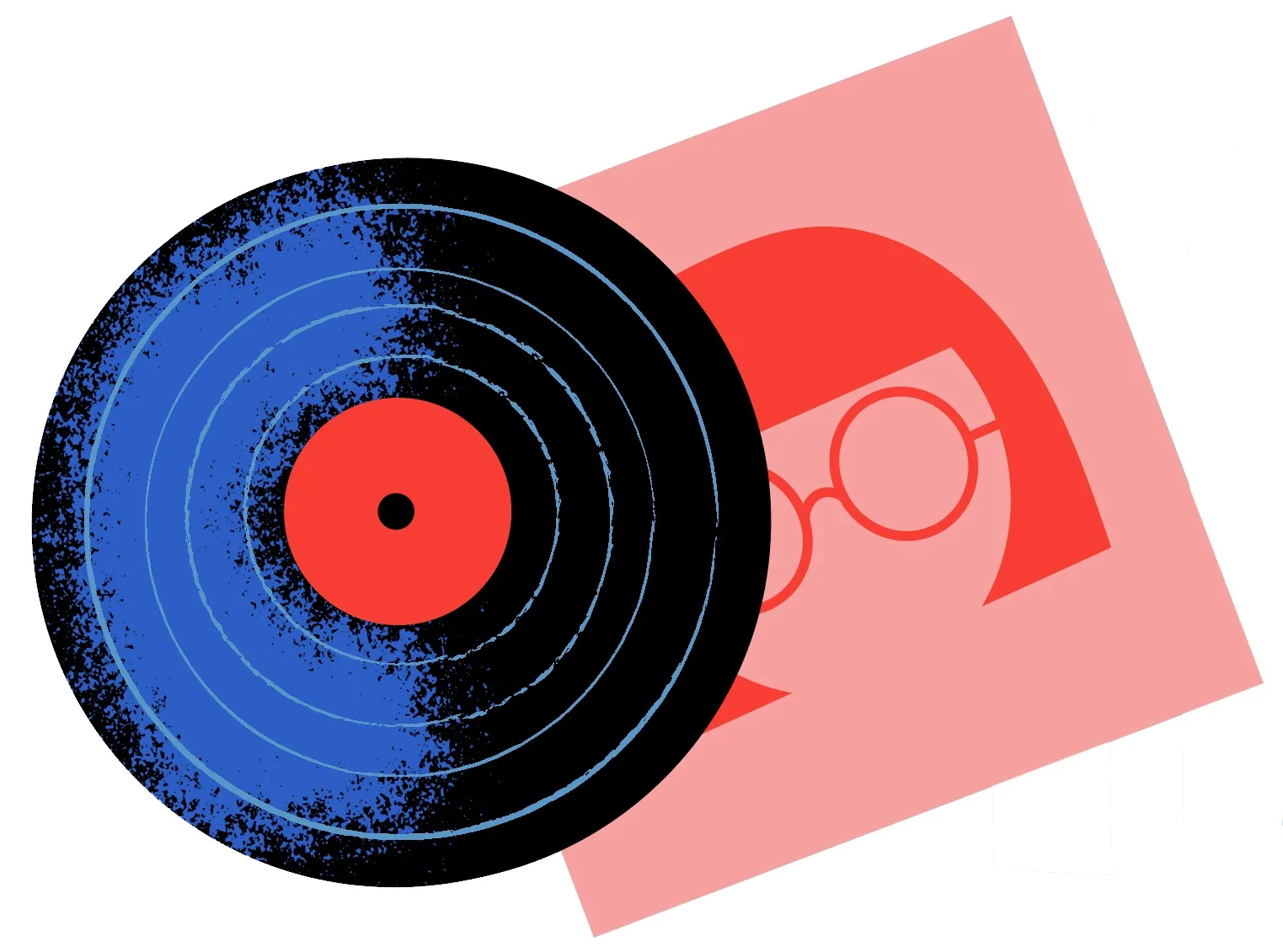How would you feel about paying US$3,651 plus postage for an LP’s worth of Finnish jazz? There is at least one person in the world who considers that a good price for the album For Friends and Relatives by the Christian Schwindt Quintet, released in 1966, for the album was sold for that amount on eBay in May 2013. Another healthy return for a Finnish rarity is a punk seven-inch sold for US$2,910 in 2011. The EP includes a track by the legendary punk band Rattus, hailing from Vilppula, Finland. A quick look reveals that there are several other Rattus releases regularly hitting four figures as well.
It’s obvious that these extreme cases of expensive Finnish music on vinyl are only entertaining examples of a domain of record sales which seems to be hidden outside of the presentations given by the music industry and often taken as gospel by the press covering it. I’m sure you’ve heard it all before: vinyl is up, CD is down, streaming is becoming more and more important but does not quite generate enough revenue to keep the “business” in the music business.
Under the radar
The conversation relating to the quantitative data of the music industry seems to grow stale especially when walking into any given specialist record store, of which there seem to be plenty, at least in Helsinki (actually a couple of new ones have just opened up). The macro-level numbers and percentages do not include a peep of what is a major draw in the vinyl industry nowadays: selling used records. What’s more, according to some sources, not even all of the new releases from minor distribution sources become visible in the total industry numbers. When you add to this all the vinyl dealt directly to collectors via flea markets and hand-to-hand on services like eBay, Gemm and Discogs without an official outlet, it seems evident that vinyl is way bigger than we’re told.
Getting back to the hunt for rare out-of-print pressings of vinyl albums, an interesting thought is provoked by listed resale prices as mentioned at the beginning of this article. While getting the units to count in the statistics would be one thing, getting the amount of money spent on vinyl records together would be even more interesting.
Consider this: A used vinyl record might be bought and sold various times during its life cycle, and in many cases the price goes up considerably as the years and decades roll on. Personally, I have several rare jazz albums on my shelves with the original price tag in the region of $1.99 still attached. This makes me laugh after spending something like €100 on the slightly beat-up copy. It is also not uncommon to find traces of several different owners often from around the globe within the covers of a single LP.
So exactly how much vinyl is being sold under the radar? Impossible to say. When shopping around for vinyl and digging through the crates of record stores stocking both new and used vinyl, one easily gets the impression that the market for second-hand vinyl could be significantly bigger and of more variety than for new vinyl. This being only a hunch, though, I feel that speculating the numbers further would require a more thorough inspection.
Cultural archaeology
The explanation for the whole boom in the vinyl revival often seems a bit too simplistic for the dedicated vinyl enthusiast. Terms like “nostalgia”, “retro”, “vintage” and “hipster” are carelessly tossed around in search of a broader cultural backdrop. At the same time, some choose to highlight the audiophile features of the format and state that the supreme playback qualities would play a key role in the second life of vinyl.
I find these common explanations both oversimplified and off the mark. True, vinyl sounds great, but that’s hardly the main point of buying a copy of the album instead of going to sources like Spotify or YouTube. The ones playing the nostalgia card miss out on the obvious point that vinyl culture is new to a significantly large proportion of record buyers. Our parents did not used to have vinyl collections, they had CDs.
My interpretation is simple. Vinyl as an object is appealing and, paired with great music, it gives you something deeper than a file or a CD. A used original pressing of a vinyl record released decades ago is also a historical document. It often feels, smells and looks out of this world. As witnessed by the eBay scores listed here, a sought-after rare release is an investment in unique art. Some buy paintings, some buy rare records. You can’t actually buy nostalgia but you can purchase an authentic document of another time which can often be your only link to the given area or period. Essentially, it’s cultural archaeology.
As a friend of mine once put it while listening to a jazz album pressed in the 1950s: “I wonder where this particular copy of this album was during the first moon landing.”
Matti Nives is a DJ and a record collector. He is the author of DJ-kirja, the award-winning book about DJ culture in Finland, the founder and resident of the We Jazz DJs collective, and the host of two weekly shows on Radio Helsinki. As a record collector, his passion is finding lost pieces of great music as (often overpriced) original vinyl pressings.


